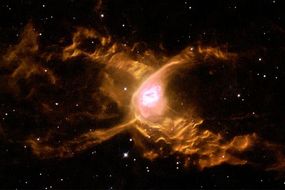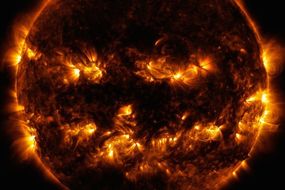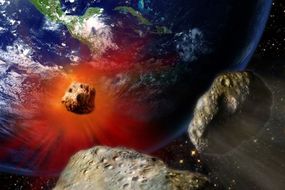Space news: Astronomers discover spooky ‘ghosts’ of supernovas in a nearby galaxy – Express.co.uk
ASTRONOMERS studying the Small Magellanic Cloud (SMC) have discovered the ghastly remains of supernova stars drifting through space.
The spooky supernova discovery was announced by the University of Manchester just in time for Halloween. Researchers at the British university carried out an intense survey of a nearby galaxy dubbed the Small Magellanic Cloud or SMC. The SMC is a minor dwarf galaxy near the Milky Way, estimated to weigh seven billion times more than our Sun.
According to lead researcher Dr Tana Joseph, two supernova remnants could be lurking within the SMC.
Supernova remnants are the aftermath of stars suffering explosive deaths at the end of their lifecycle.
These supernova “ghosts” were ejected with vast quantities of stellar material out into space along powerful shockwaves.
Dr Joseph said: “This is an exciting time for the study of nearby galaxies.
READ MORE: Asteroid expert thinks NASA needs to do more to protect Earth
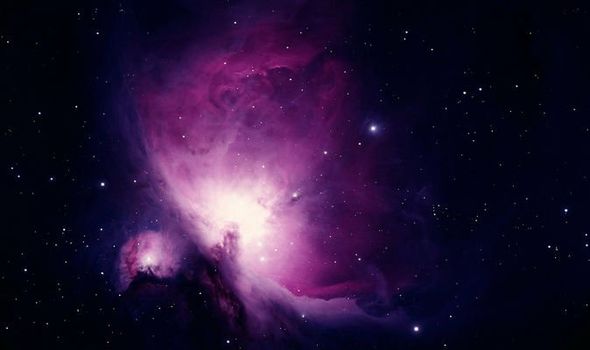
Space news: Researchers have discovered potential supernova ghosts in a nearby galaxy (Image: UNIVERSITY OF MANCHESTER)

Space news: Supernovas are triggered by an imbalance in forces acting on a dying star (Image: NASA)
READ MORE
-
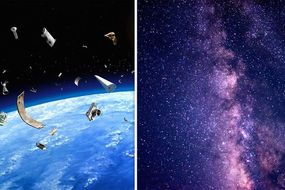
Space warning: Humans will RUIN space unless something is done
“These nearby external galaxies offer an ideal laboratory since they are close enough to be resolved, yet located at relatively well-know distances.”
On top of the supernova remnant discovery, the astronomers found more than 20 planetary nebulas.
Planetary nebulas are bright clouds of stellar gas ejected by burnt-out red giant stars transitioning into their white dwarf stage.
The discoveries were part of the Evolutionary Map of the Universe (EMU) pilot survey project.
The intergalactic survey project was aided by the new Australian Square Kilometre Array Pathfinder (ASKAP) radio telescope.
Dr Joseph said: “We can now combine this radio data with observations from optical, X-ray, gamma-ray and infrared telescopes, allowing us to explore the SMC and other galaxies in unprecedented detail.”
This is an exciting time for the study of nearby galaxies
The SMC is located roughly 200,000 light-years away, making it one of the Milky Way’s closest galactic neighbours.
The galaxy is visible in the Southern Hemisphere and is part of the Local Group of galaxies.
The SMC is estimates to measure about 7,000 light-years or 41,150,378,000,000,000 miles across.
DON’T MISS
Asteroid danger: 100% certainty of impact warns space expert [INTERVIEW]
Hubble snaps galaxy ‘like a portal to another dimension’ [PICTURES]
What is the mysterious dark vortex NASA found on Neptune? [ANALYSIS]
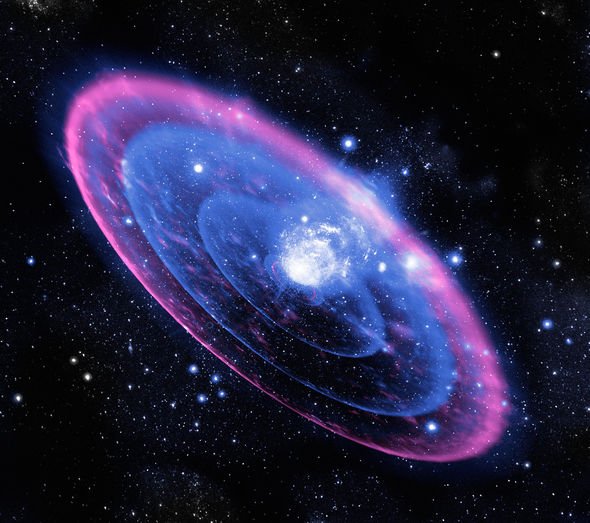
Space news: Supernovas are the biggest explosions in the universe (Image: GETTY)
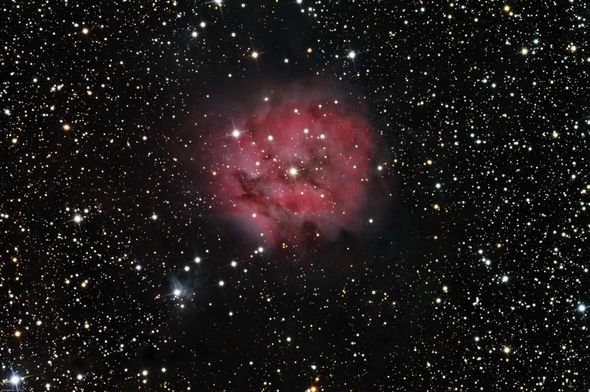
Space news: Supernovas leave behind supernova remnants (Image: GETTY)
READ MORE
-
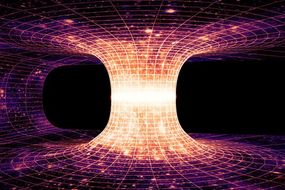
Black hole breakthrough: Study offers hope for intergalactic travel
Supernovas are large stellar explosions triggered in the death throes of a star.
Supernovas are the biggest explosions in the universe and at times are the brightest flashes in the night skies.
US space agency NASA said: “One type of supernova is caused by the ‘last hurrah’ of a dying massive star.
“This happens when a star at least five times the mass of our sun goes out with a fantastic bang.”
Stars go supernova at the end of their lifecycle when they expel all of their nuclear material.
When a star burns out its material, the immense gravity that compresses the star’s core down weakens.
The balance of forces acting outward and inward on the star destabilises and causes the star to collapse on itself.
NASA said: “Imagine something one million times the mass of Earth collapsing in 15 seconds.
“The collapse happens so quickly that it creates enormous shock waves that cause the outer part of the star to explode.”

